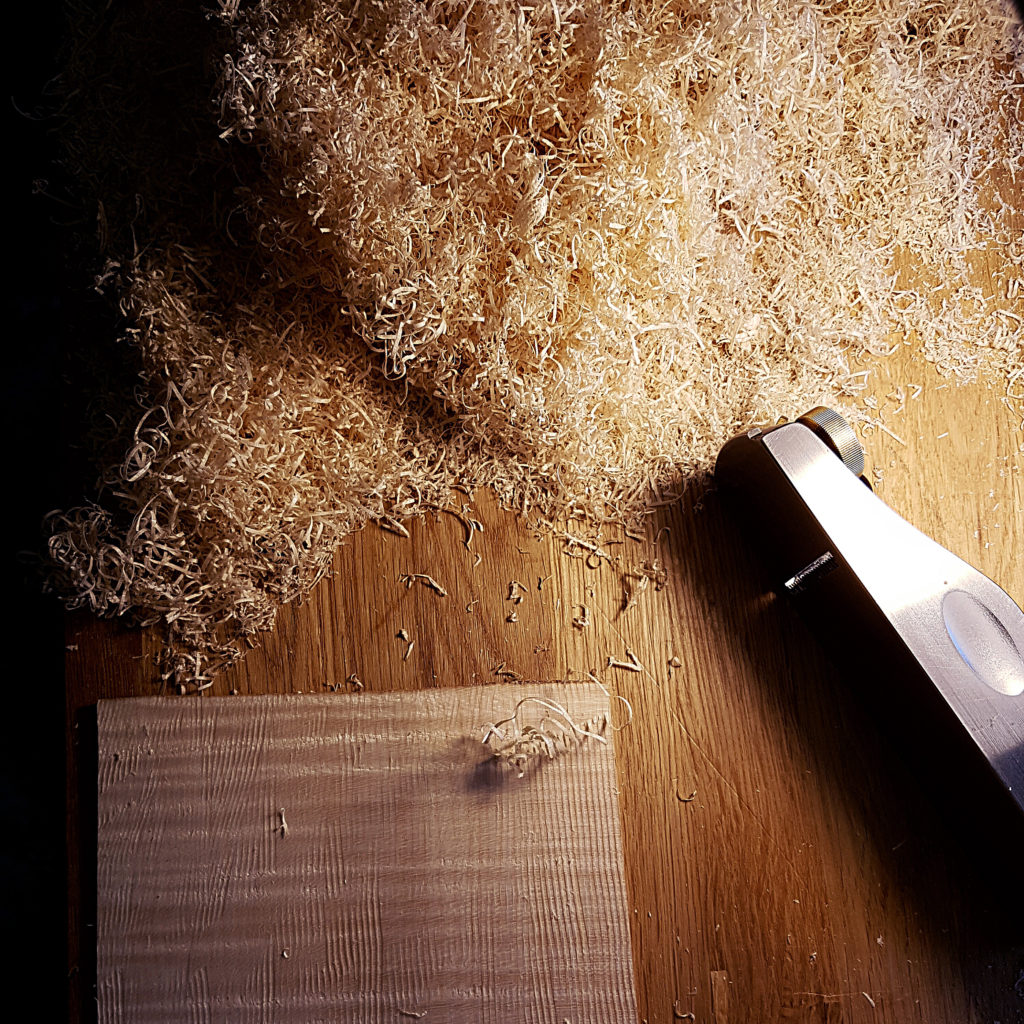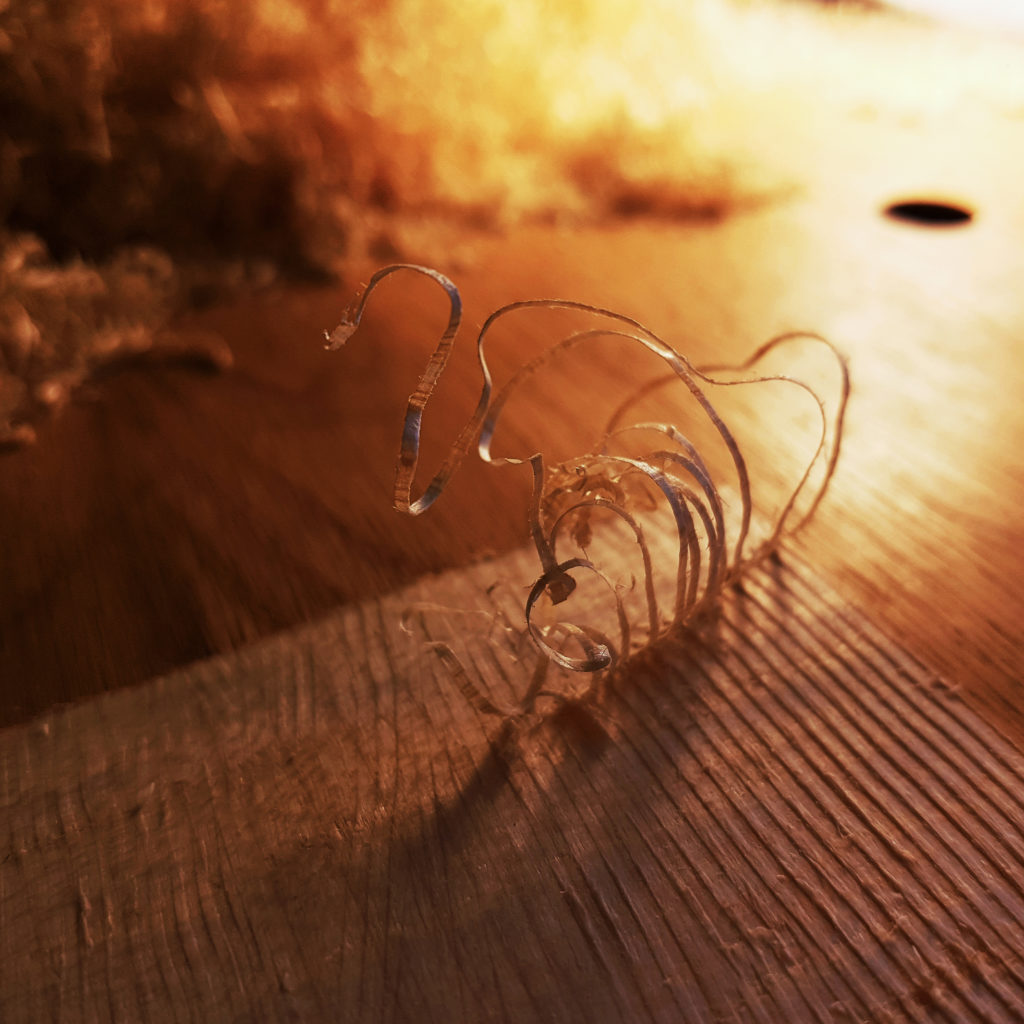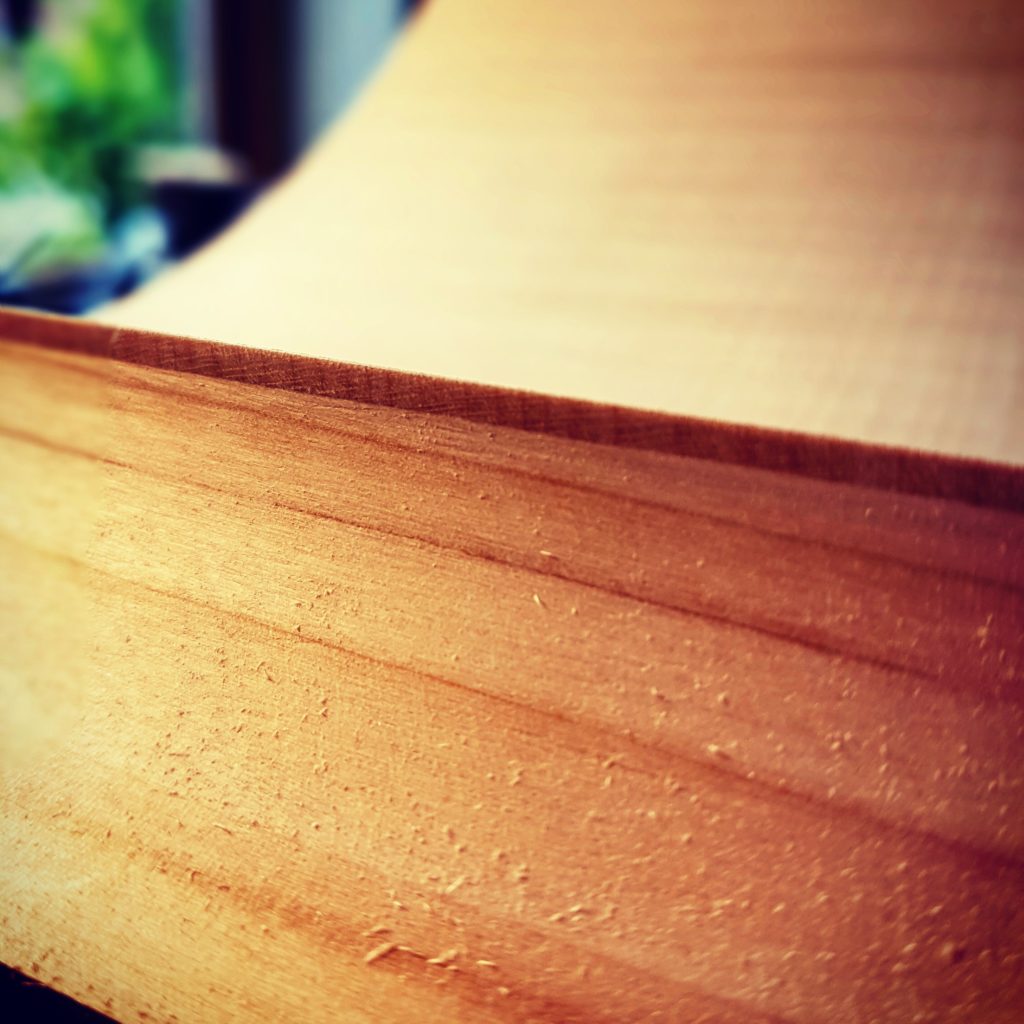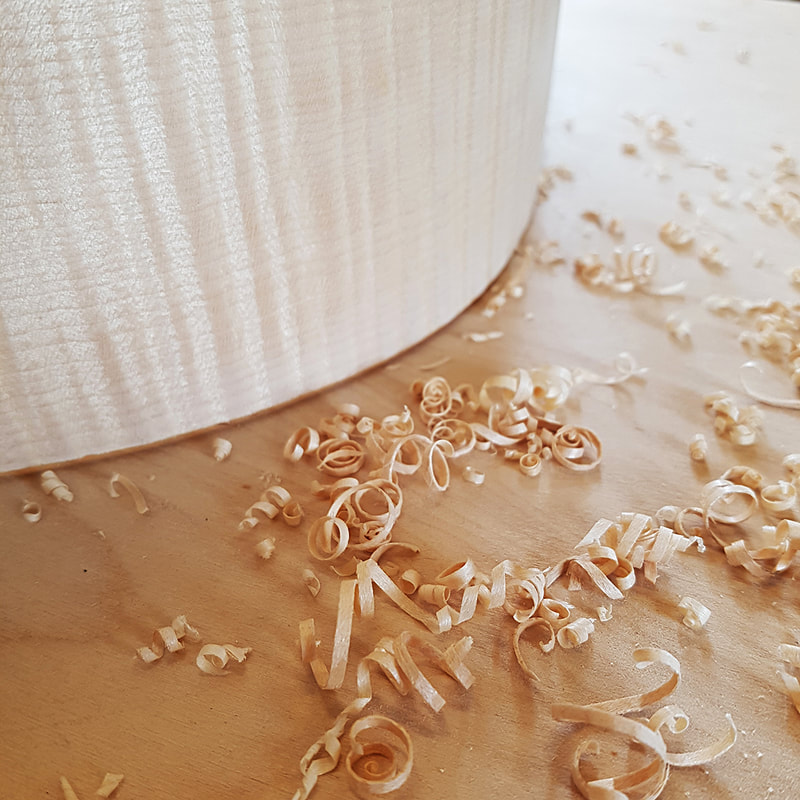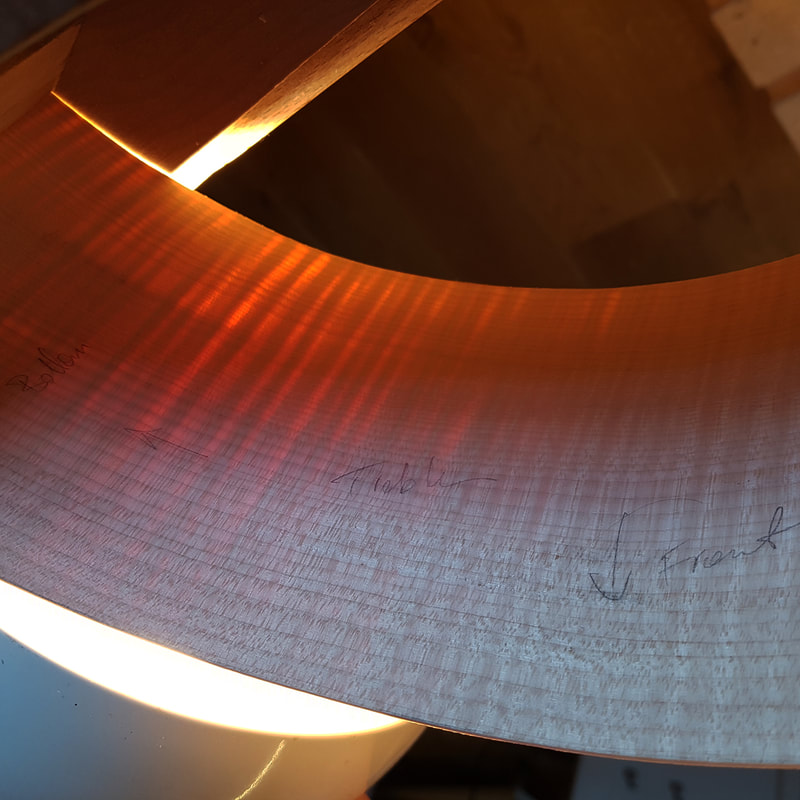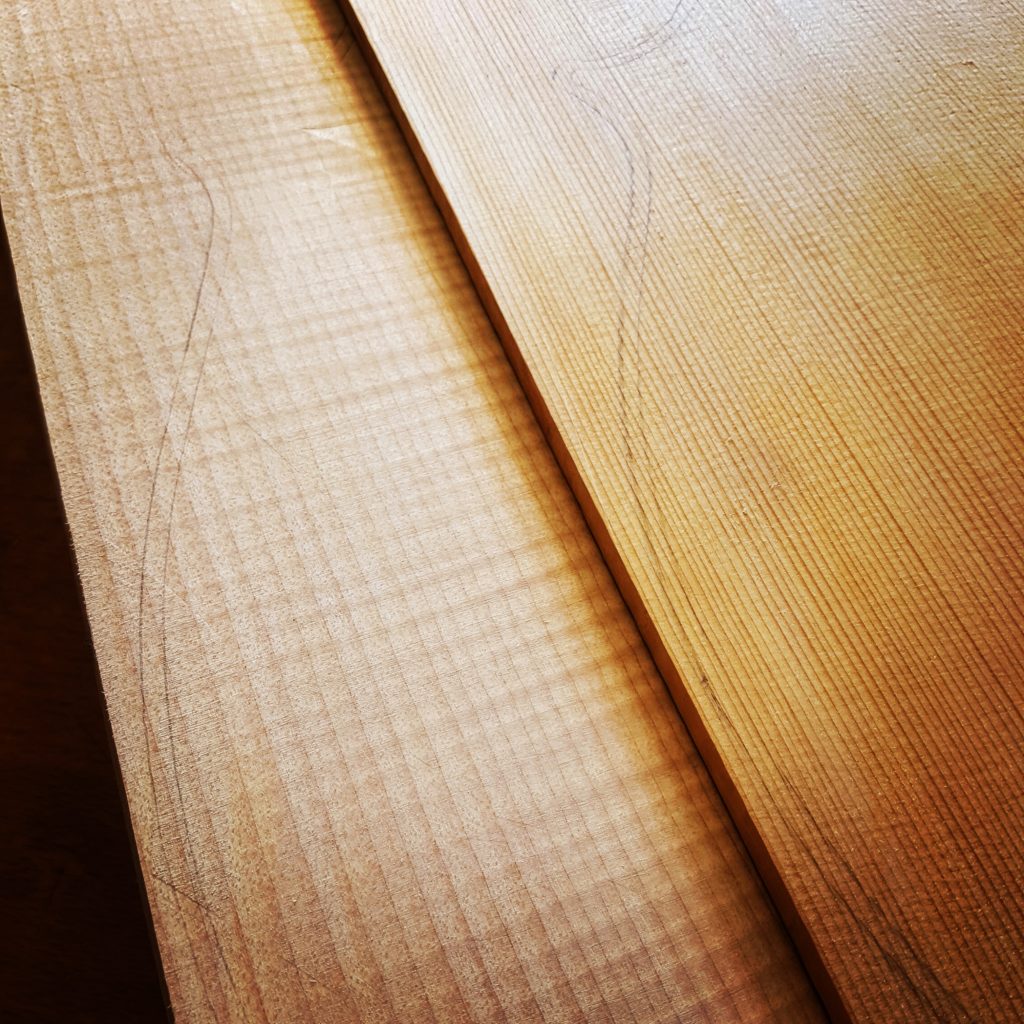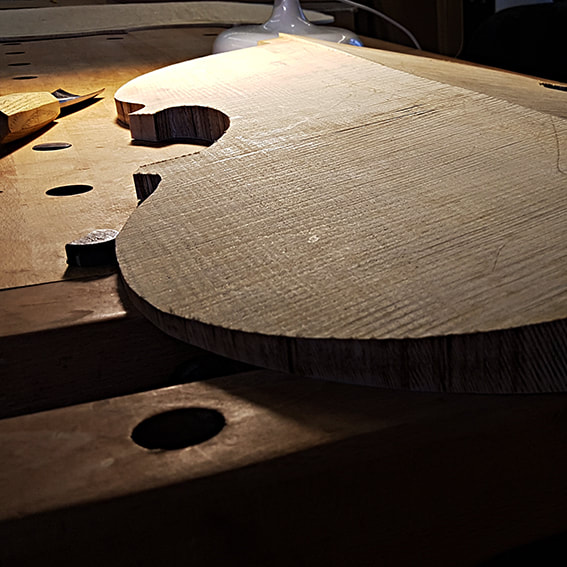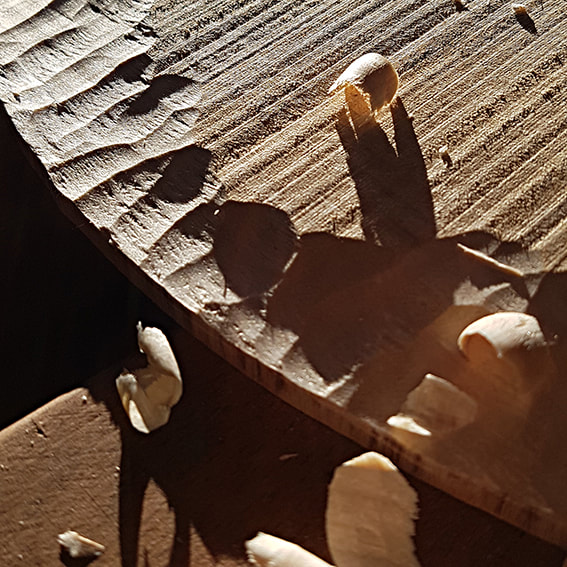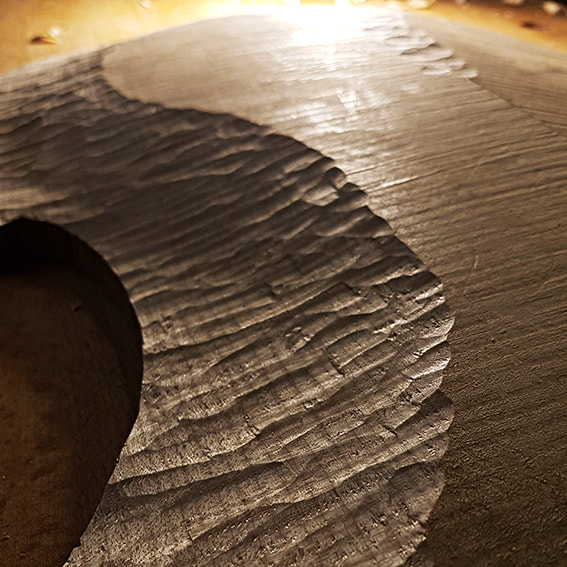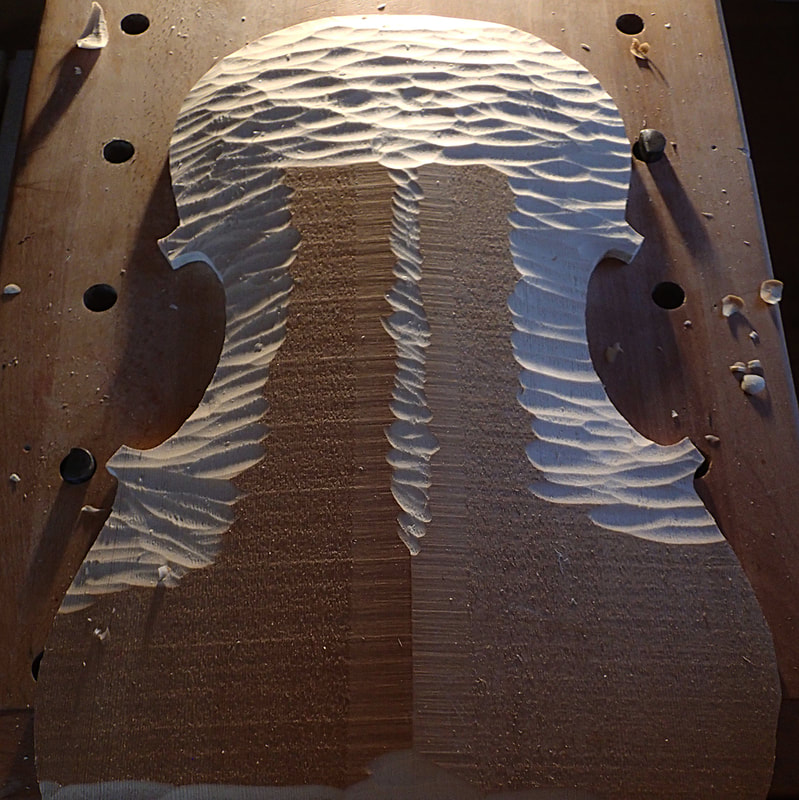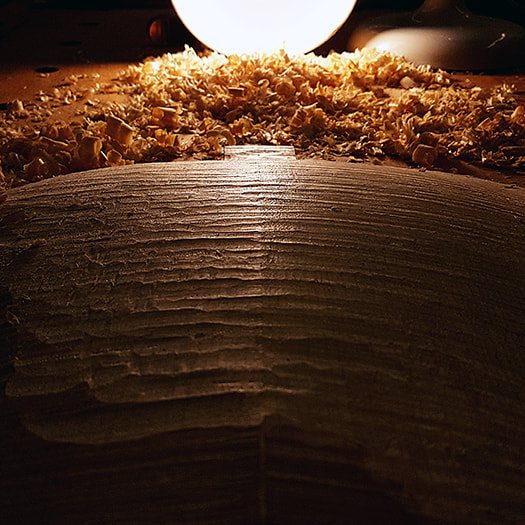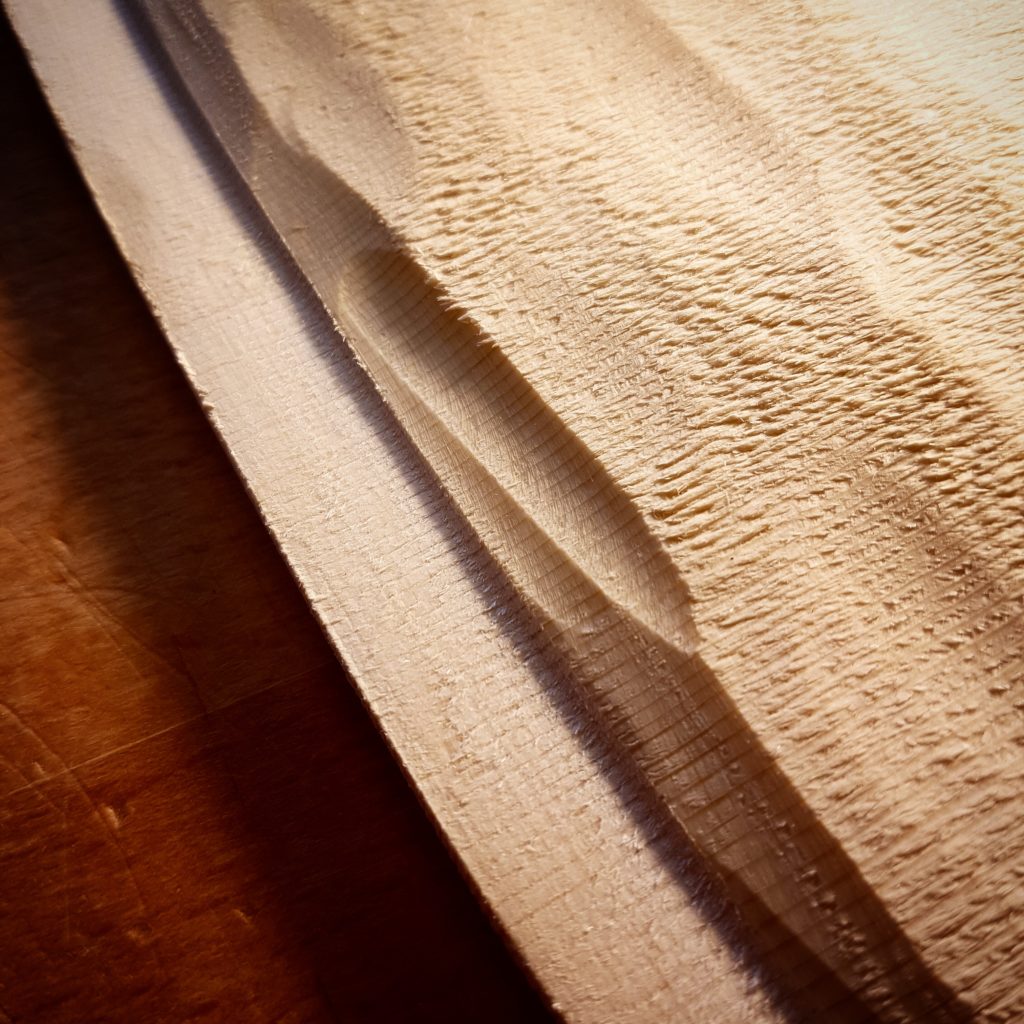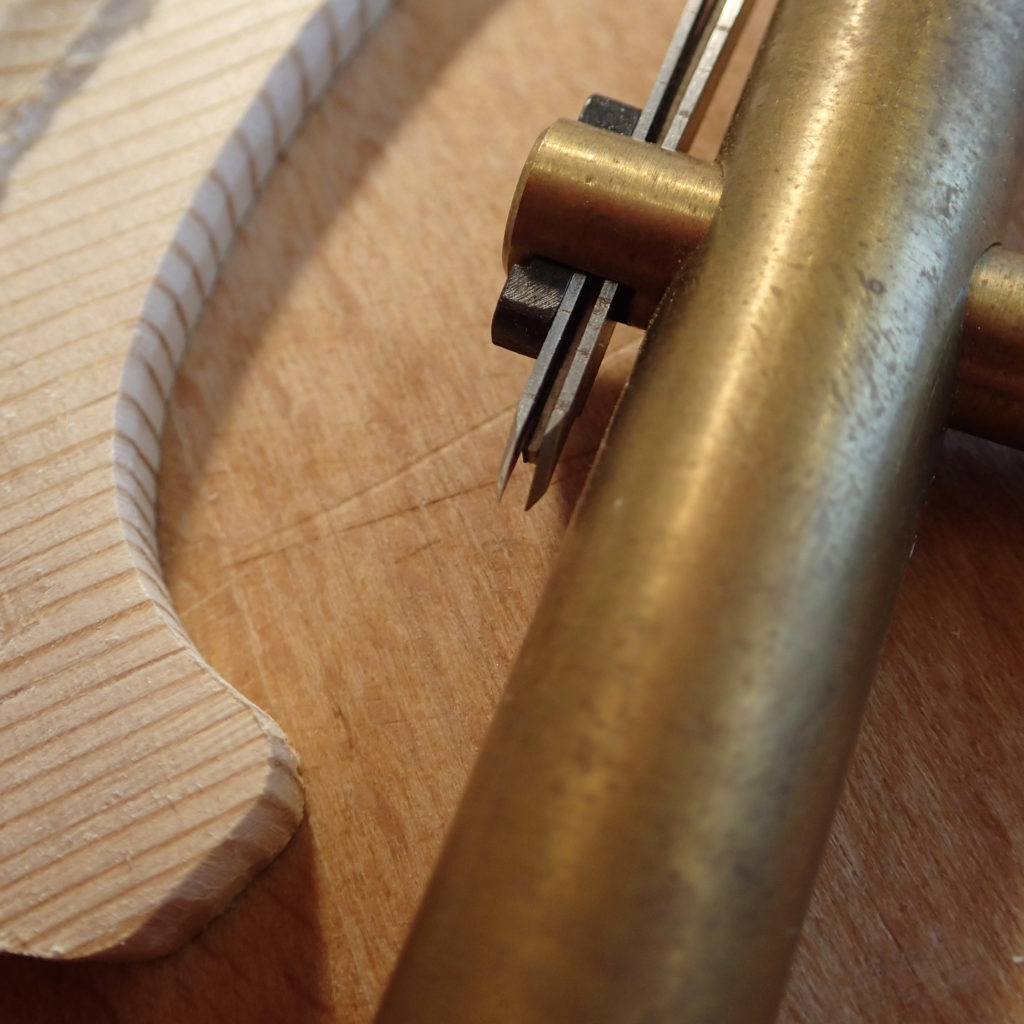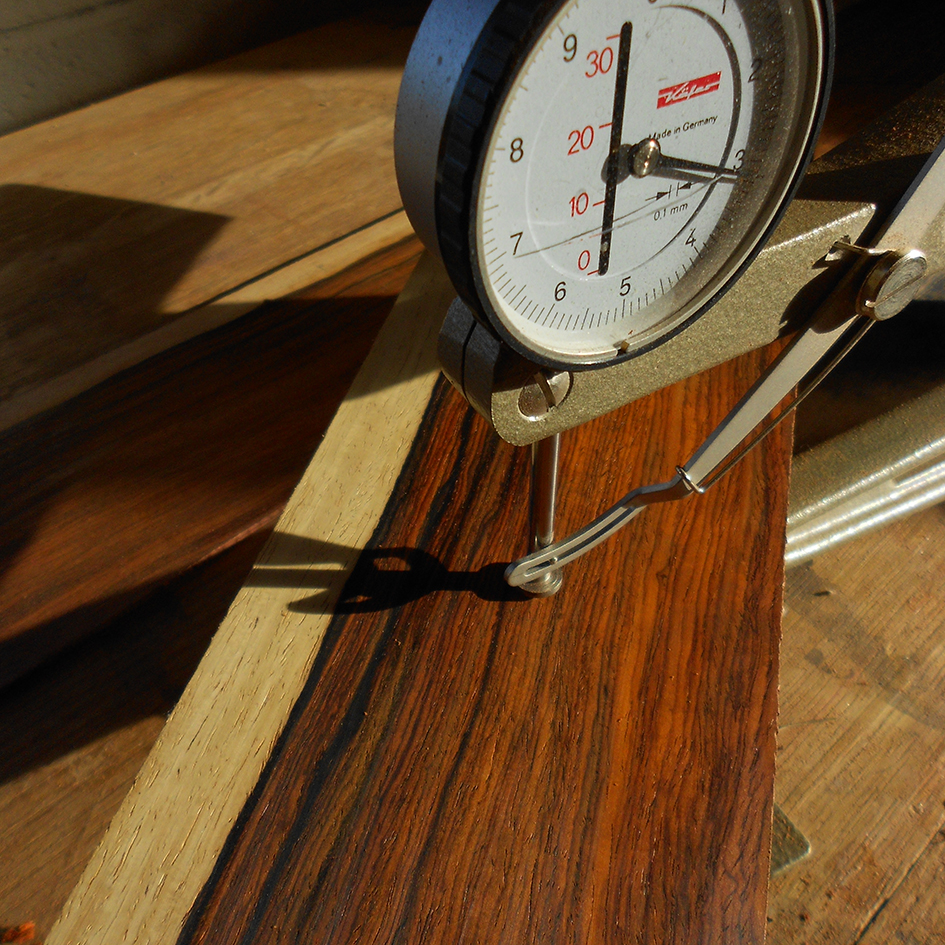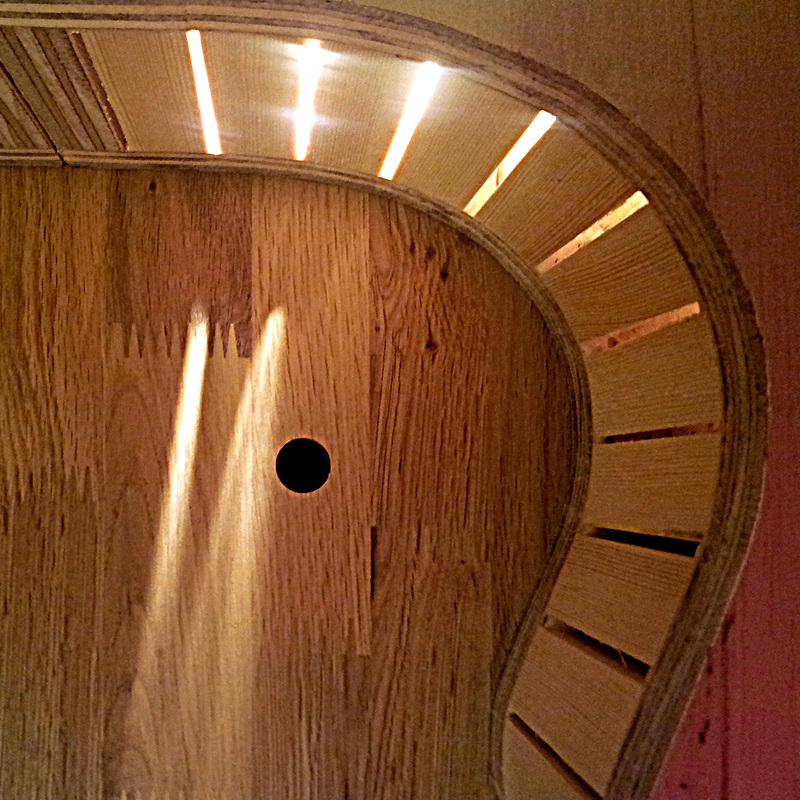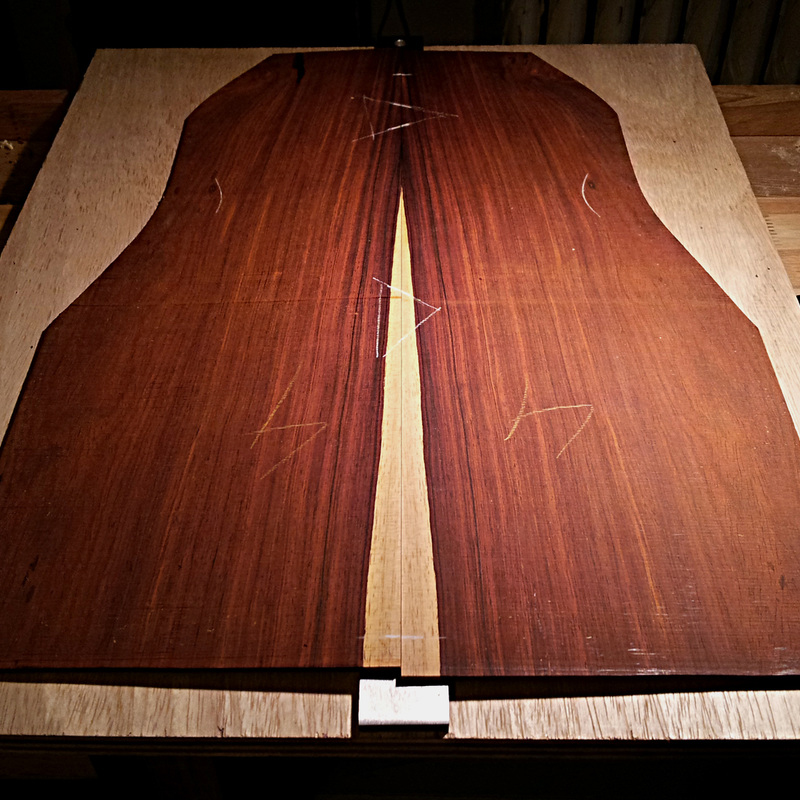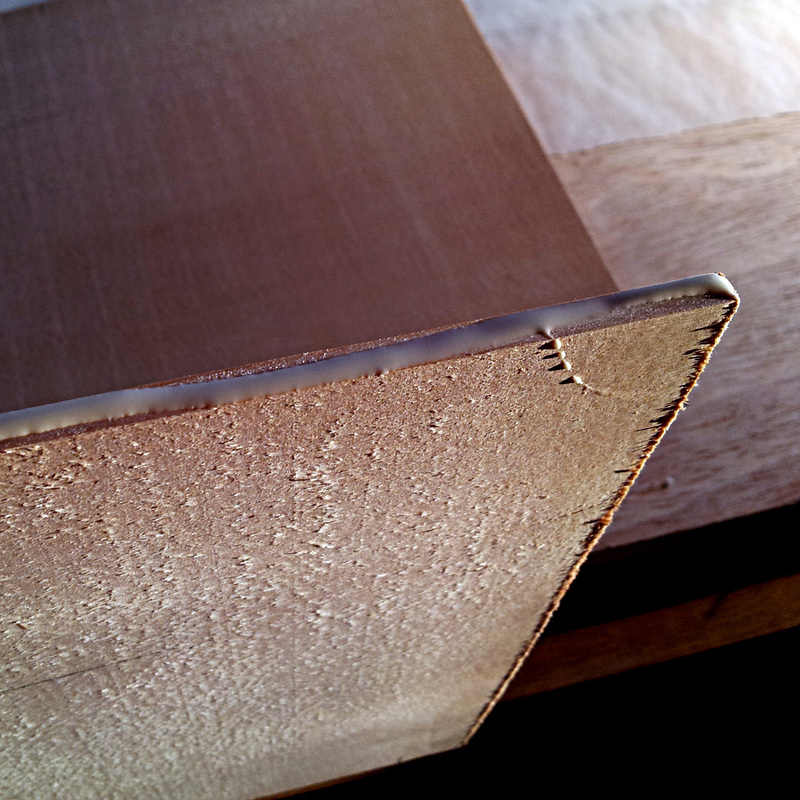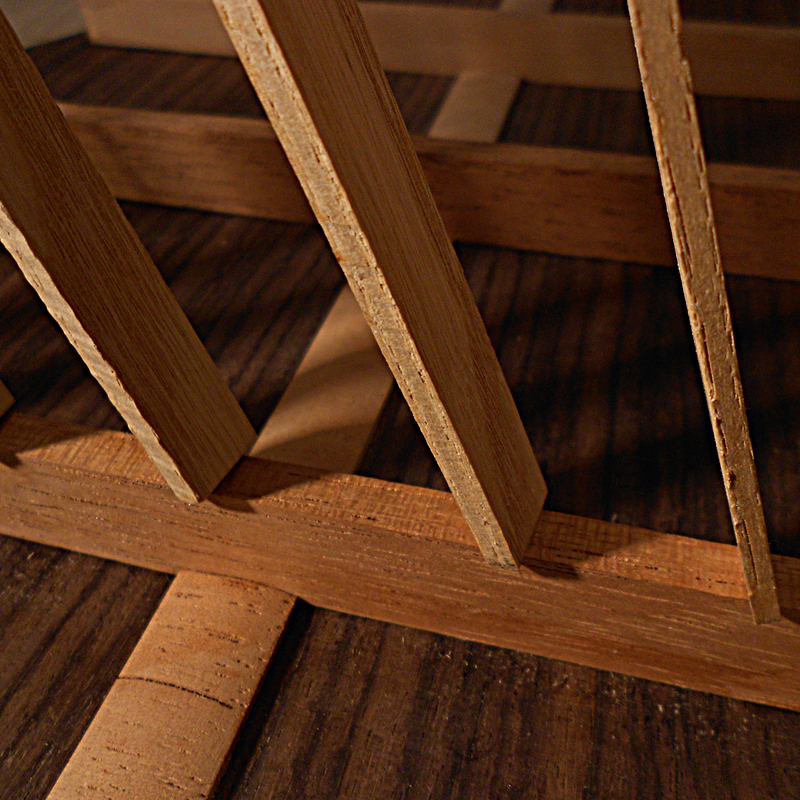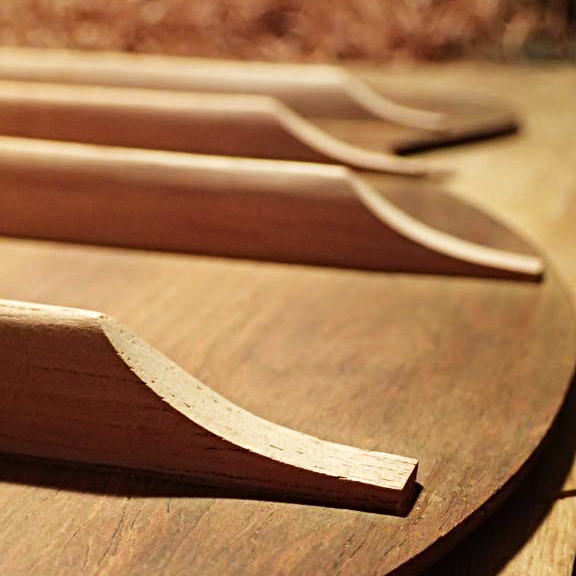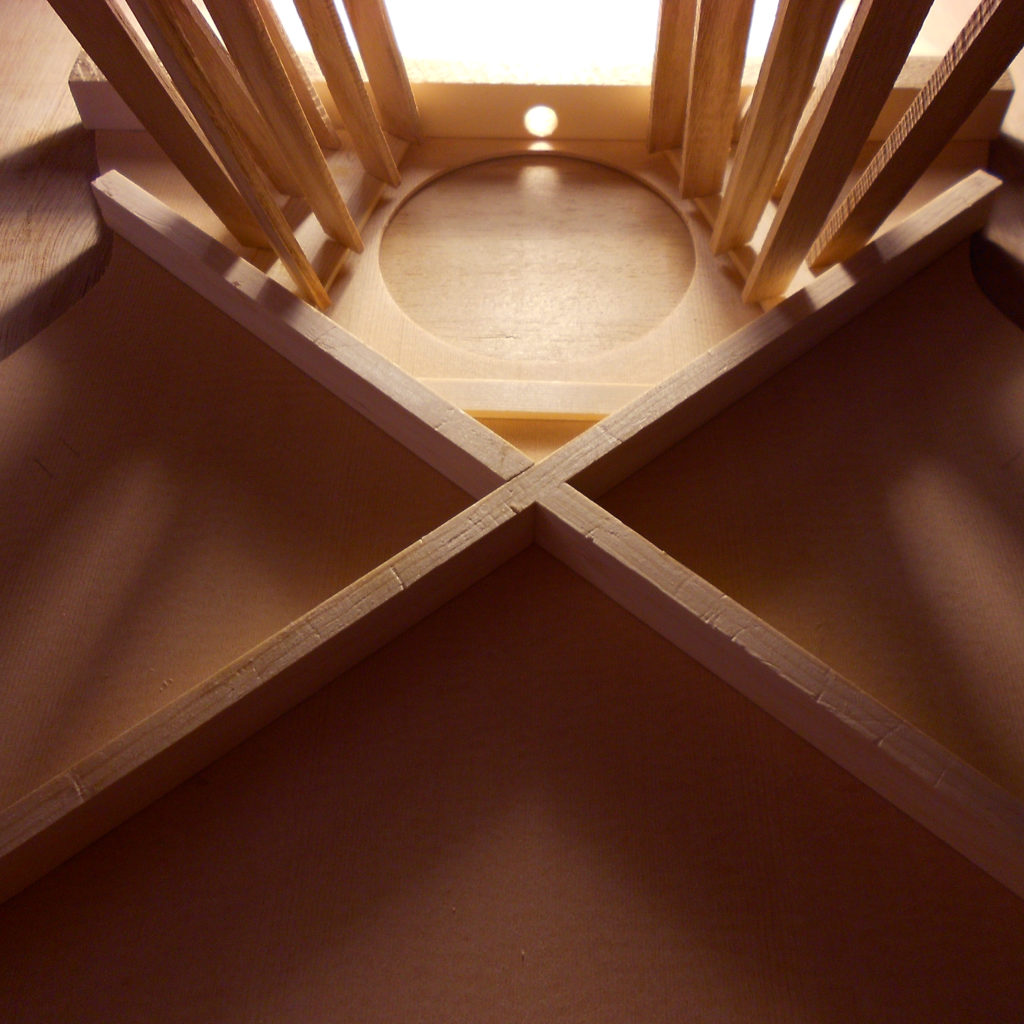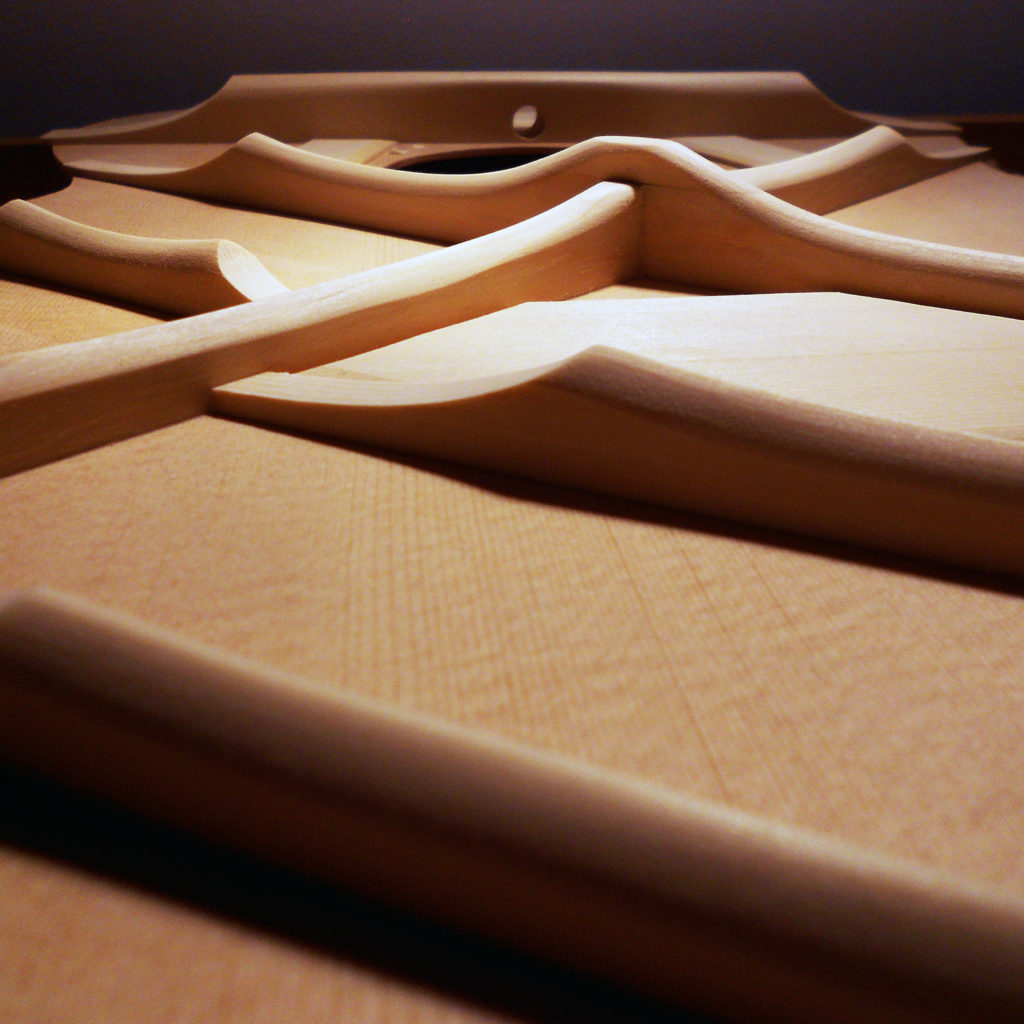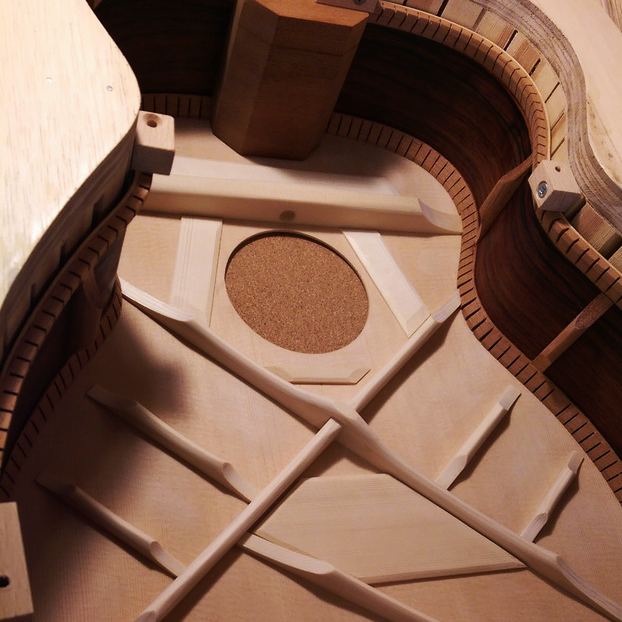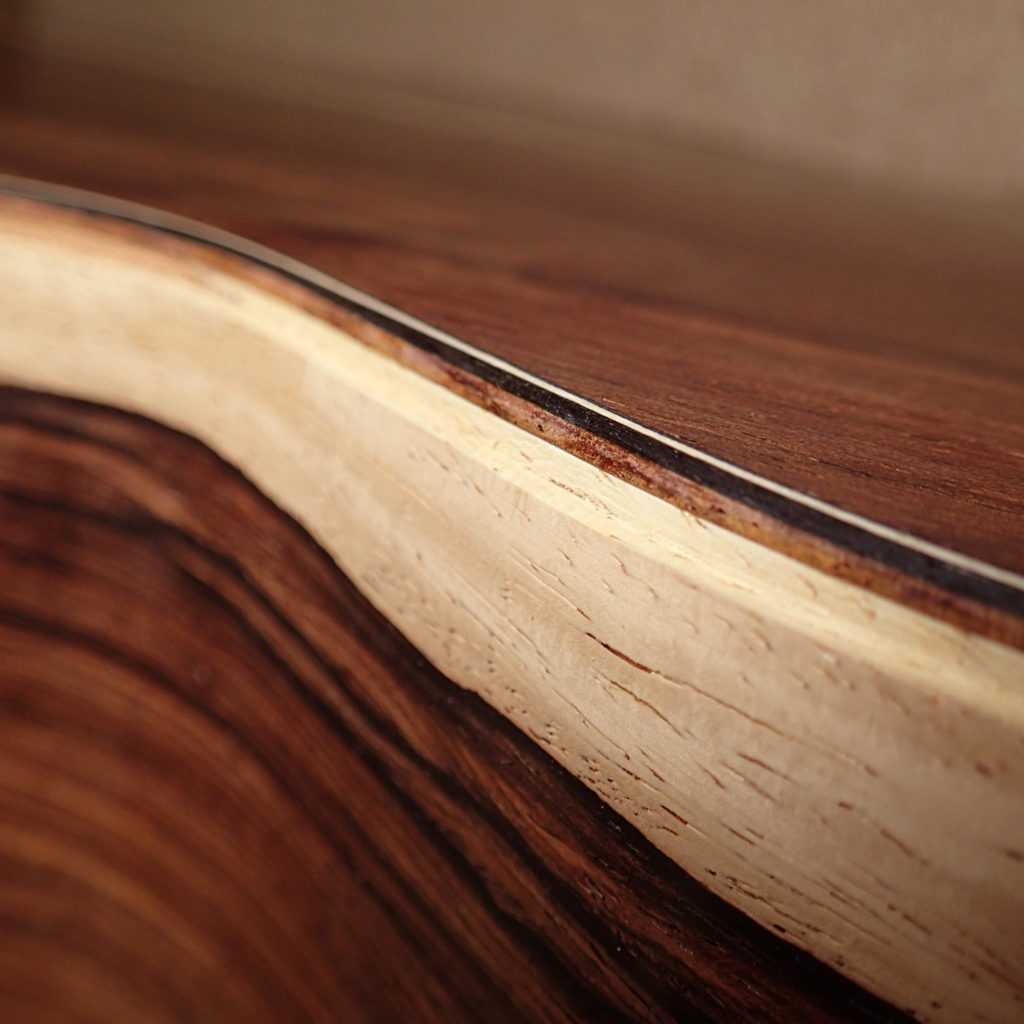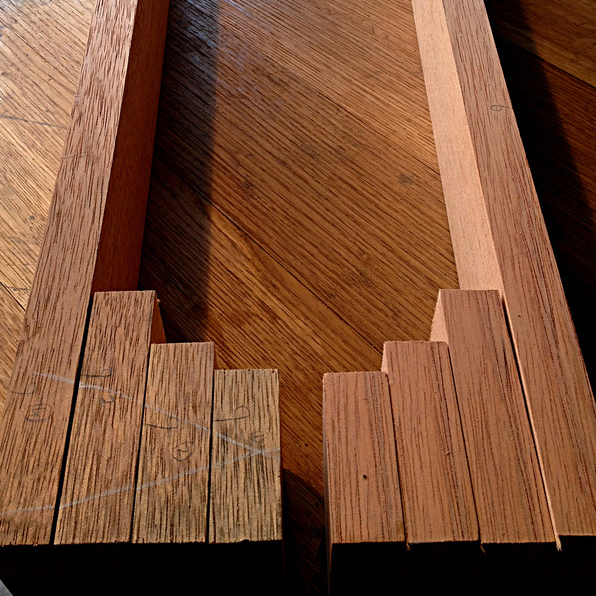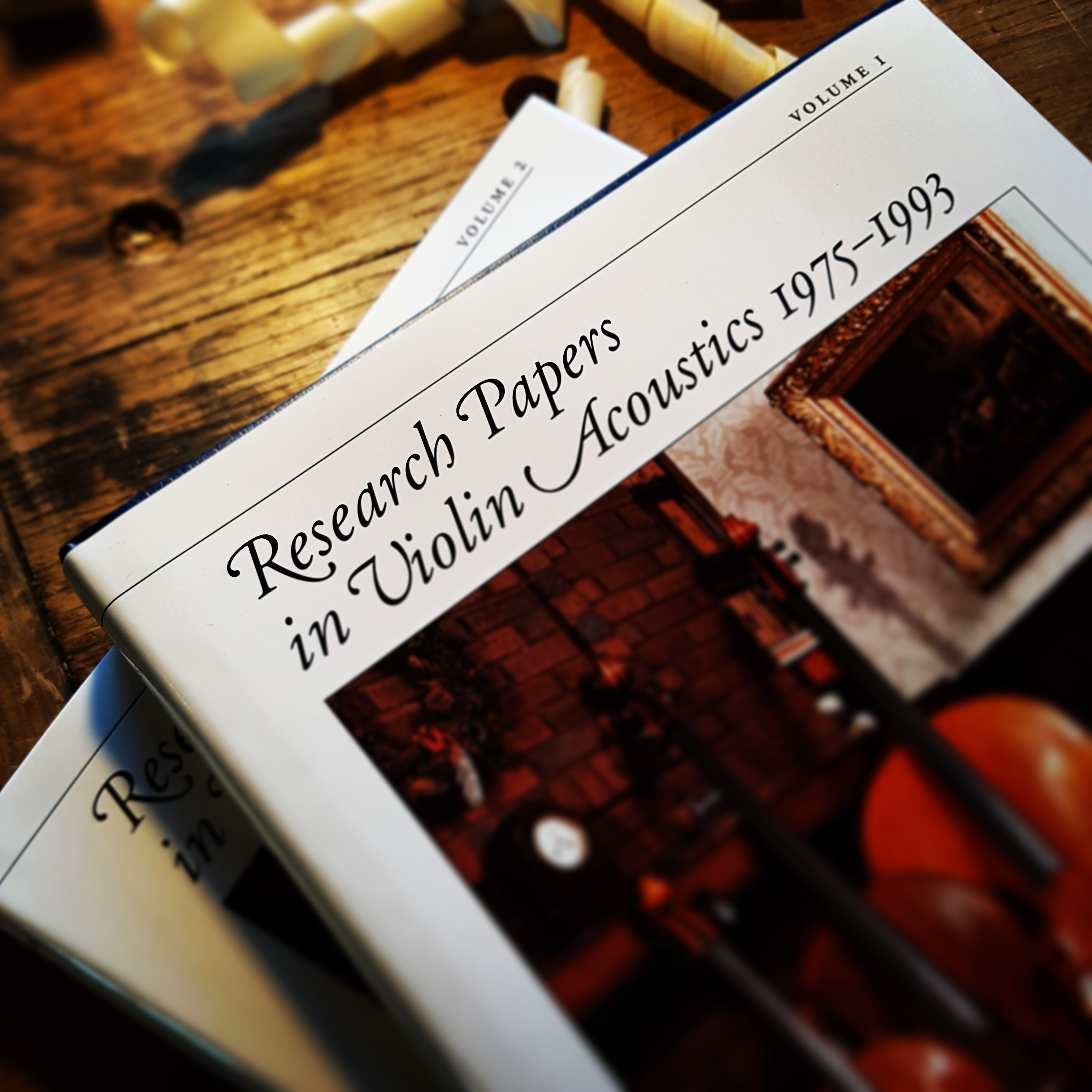
My focus on tonal quality
There is a lot of research and discussion about how to create a desired tonal quality when making instruments of both the violin and guitar family. The bottom line is that any instrument made with timber will be as unique as the piece of wood that it is carved from. There are things we can do to make an instrument sound more like this or like that... but it cannot be guaranteed as to exactly what it will sound like. Particularly for acoustic instruments.
So what can we do?
It all starts with the choice of timber. Not just the type of timber, but its specific individual structure and density. The most important choice for acoustic instruments is the soundboard. I have my own theories and practice to be able to create a 'type of sound', which is based on loads of research and experimentation.

After choice of tonewood, tuning the soundboard is one of the most important steps in creating great tonal quality in acoustic stringed instruments. The most important thing to remember when tuning is the type of sound you are aiming to achieve - and that there is not absolute right or wrong because everyone is looking for something different from their instrument!
If you are interested to know more about how wood density has an impact on the sound, have a read of the following article - it's not very long and gripping reading if you love to make!
A Comparison of Wood Density Between Classical Cremonese and Modern Violins.
Lutherie of the violin family
Below are some photos from my workshop that show the making of my latest cello that is inspired by Matteo Goffriller.
Click on an image to see more info of each stage or scroll down to see some of our guitar lutherie.




